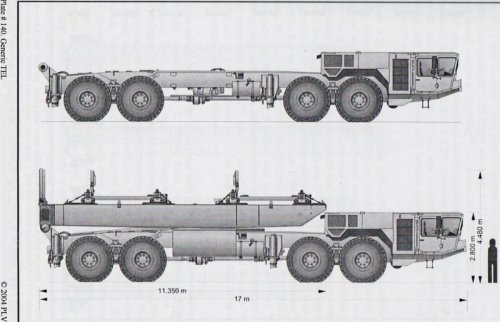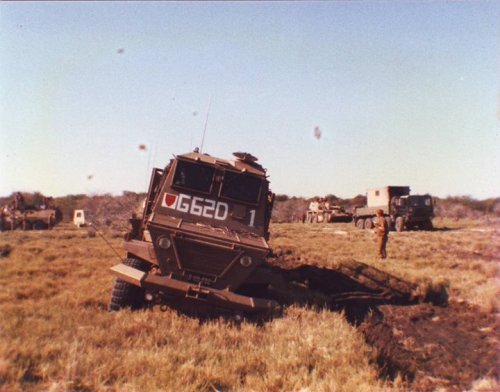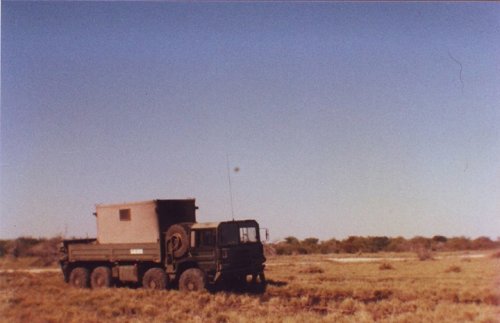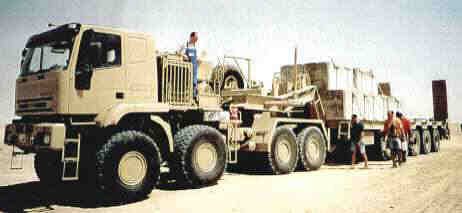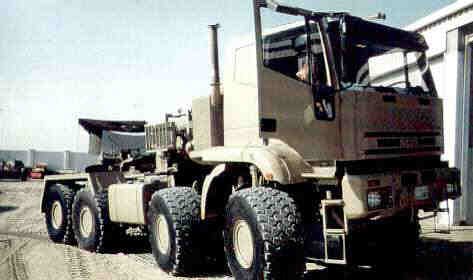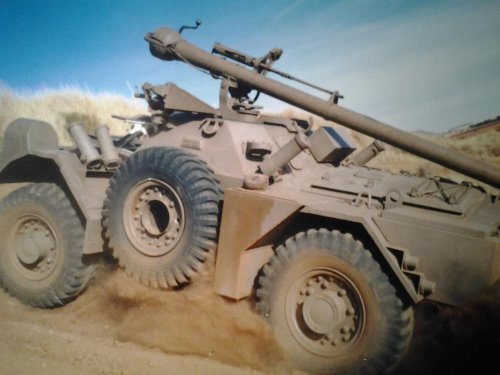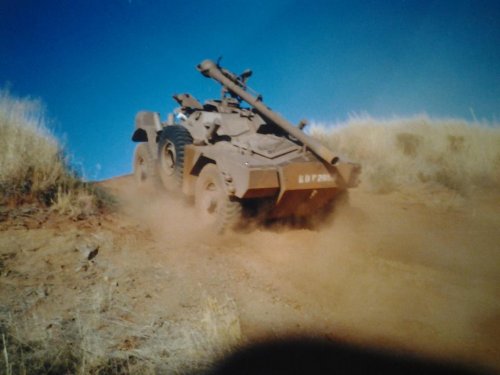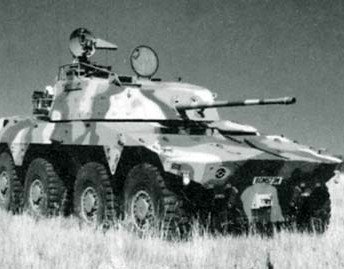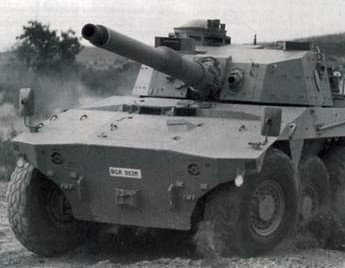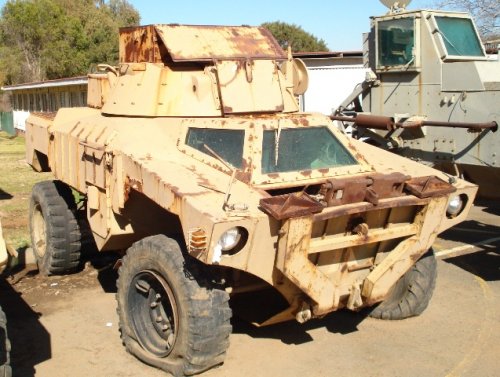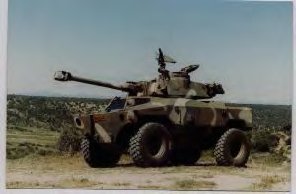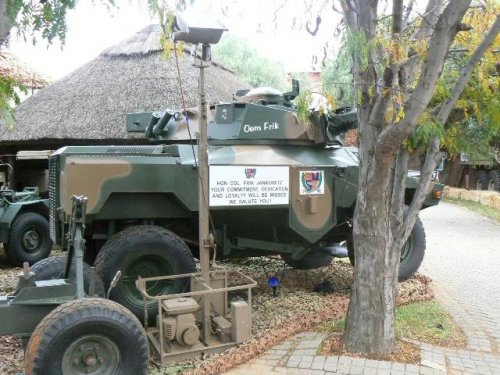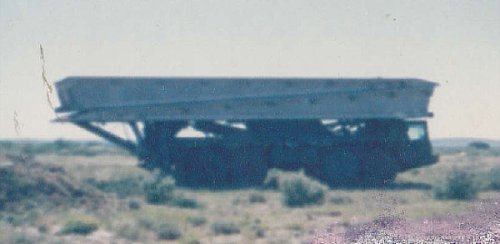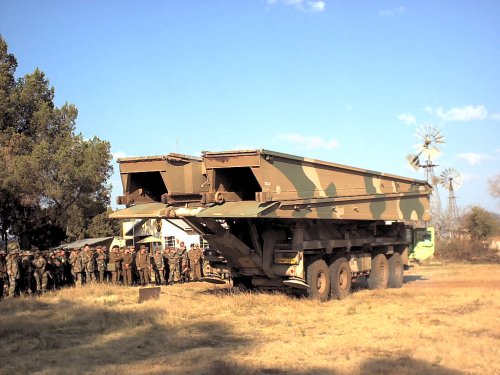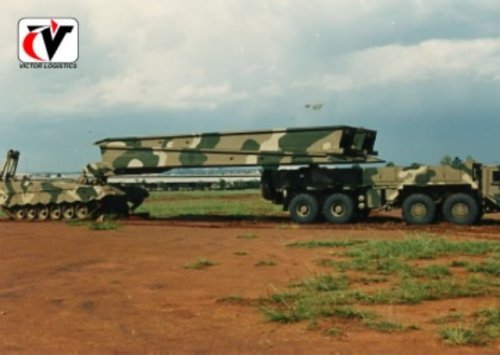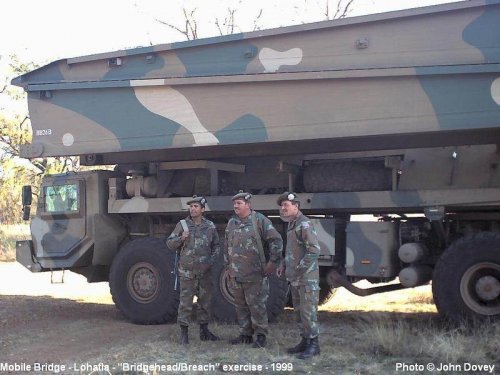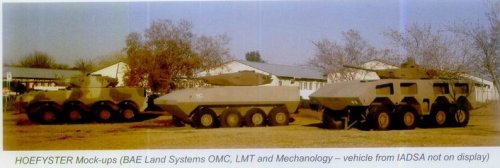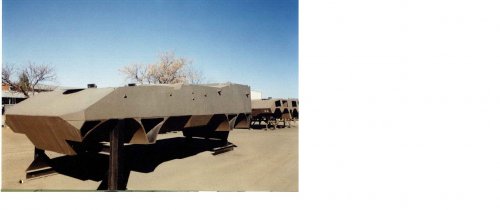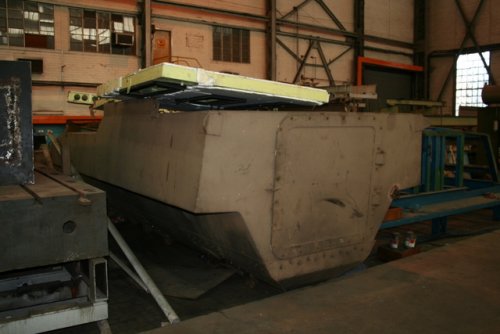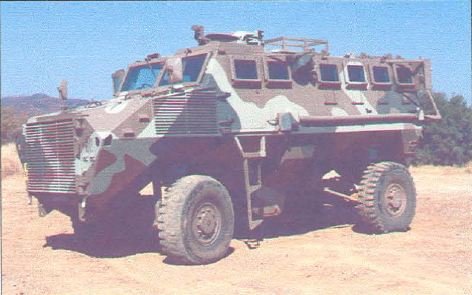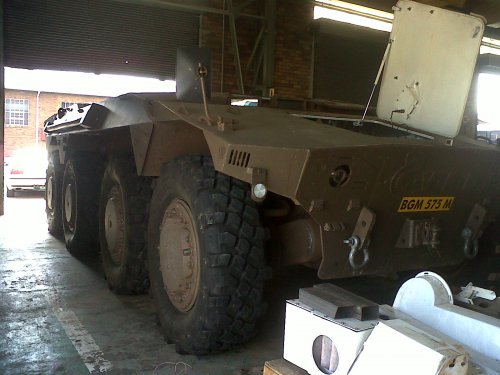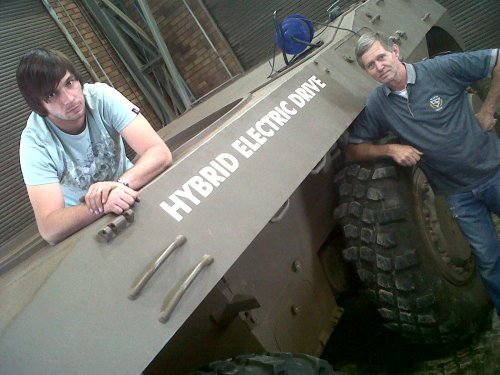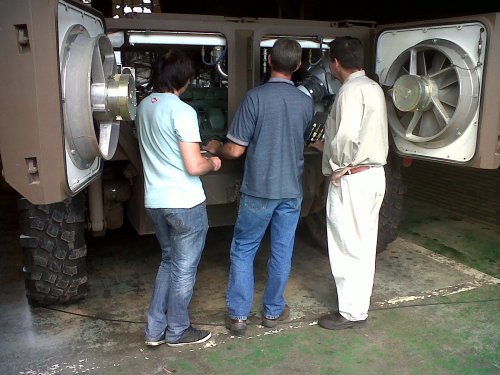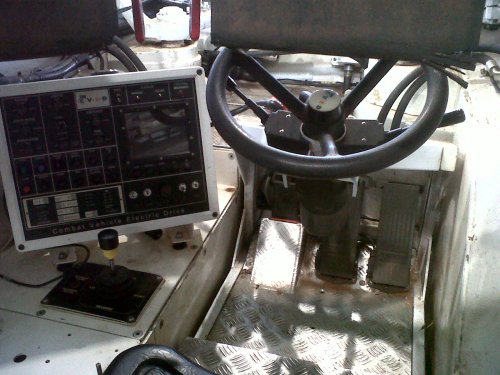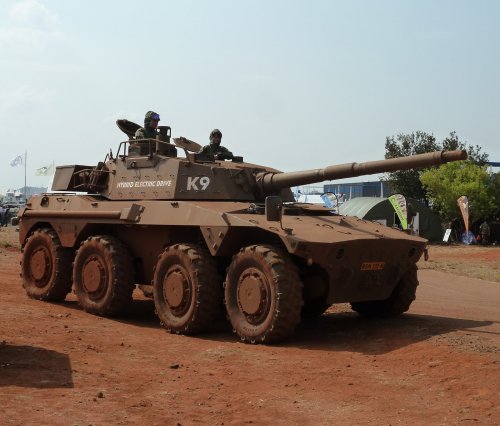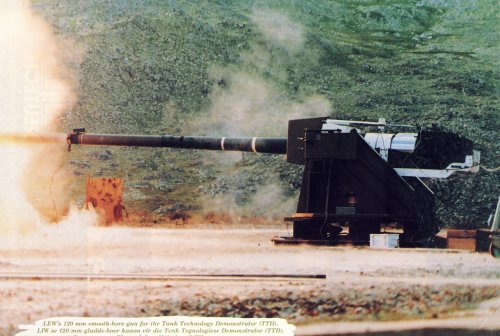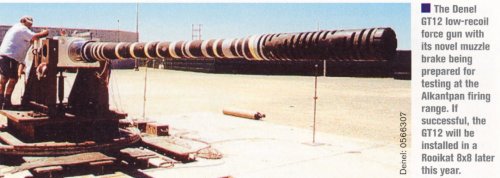IN stealth mode, the hybrid Rooikat can tiptoe its 25-ton bulk so quietly
over desert sand that the gunner’s breathing will sound louder in the turret
than the soft whine of the hub motors.
Parked in peace time, the gun’s batteries hold enough charge to
provide power to a small suburb for a night. And when it comes to efficiency,
the old gun can teach the Nissan Leaf and Toyota Prius a thing or 400 about
recycling.
In braking mode, the Rooikat’s hub motors return up to 400 kW per
motor back into the system, as the heavy gun slows it down.
Despite its age, the hybrid Rooikat is still seen by all in the
know as a brilliant achievement — and all of it is now gathering dust in a hired
hangar at the Gerotek testing terrain west of Pretoria.
When we visited, the man who managed the development of the
e-drive technology in the Rooikat, Wynand Avenant, was preparing to mothball
the hybrid gun for its last resting place. It was to go to the South African
Armour Corps Museum in Bloemfontein.
Since then, Avenant has informed us that the gun is to stay at
Gerotek for the time being. There was, at the time of printing, no clarity
about what will happen to the old gun, which dates back to the nineties, when
the world’s generals wondered how to apply hybrid drives to army vehicles.
The technology in the Rooikat was first tested in a truck and was
then, as it is now, neither the newest nor the most powerful.
Trains use the same system, with a diesel engine driving an
alternator to turn the axles, while giant mining trucks have, since the late
sixties, been using much higher-powered electric motors to inch up steep
inclines in open-cast mines.
But the system in the hybrid Rooikat represents an experiment by
some of the finest minds then contracted to the SA National Defence Force, to
see just how far they could push the envelope on electric propulsion. The system
they perfected has, these past seven years, been a source of quiet pride for
its designers and still garners respect from those who know their Ohms from
Amperes.
Avenant said his system is powered by an old
diesel engine that has been tuned to sip diesel, and mapped to push its work
rate up to 450 kW and lower its torque in order to drive the alternator at a
constant high speed. The alternator generates the electric current that turns
eight permanent magnet motors, one in each of the one-metre hubs of the Rooikat.
Each hub motor has as much power as a small car (80 kW) and can
handle up to one megawatt of current. To get the bulk of the gun moving in thick
sand is no problem either, as each motor turns with 2 200 N/m of torque from
zero km/h, with the two-speed hydraulic transmissions in low range.
But all this was too late for the Cold War and is still too early
for a world addicted to crude oil.
The hybrid Rooikat has never fired a shot in anger and at the
last armament show, where it was displayed, the world’s buyers showed little
interest.
Avenant has good news, however, as all this benchmark-setting
technology need not be lost to transporters. For the technical wizardry that
drives it has roots that stretch all the way to the Westville campus of the
University of KZN, where the electric propulsion experiments started on a Ford
bakkie in the mid-eighties.
Avenant said Armscor then progressed to test the first electric
truck in 1996.
The truck was driven up Mpumalanga’s steep escarpments, in the
Namib Desert’s shifting sands and in the depths of a snowy winter in Germany.
The system finally proved itself as a tow truck for the 19-ton Ratel. The big
question now is whether transporters can afford Avenant’s gas.
Bearing in mind that thousands of trucks trundle up and down the
N3 each day, burning on average almost a litre of diesel for every kilometre on
the 600 km up run, converting to hybrid trucks could be well-worth the
investment.


